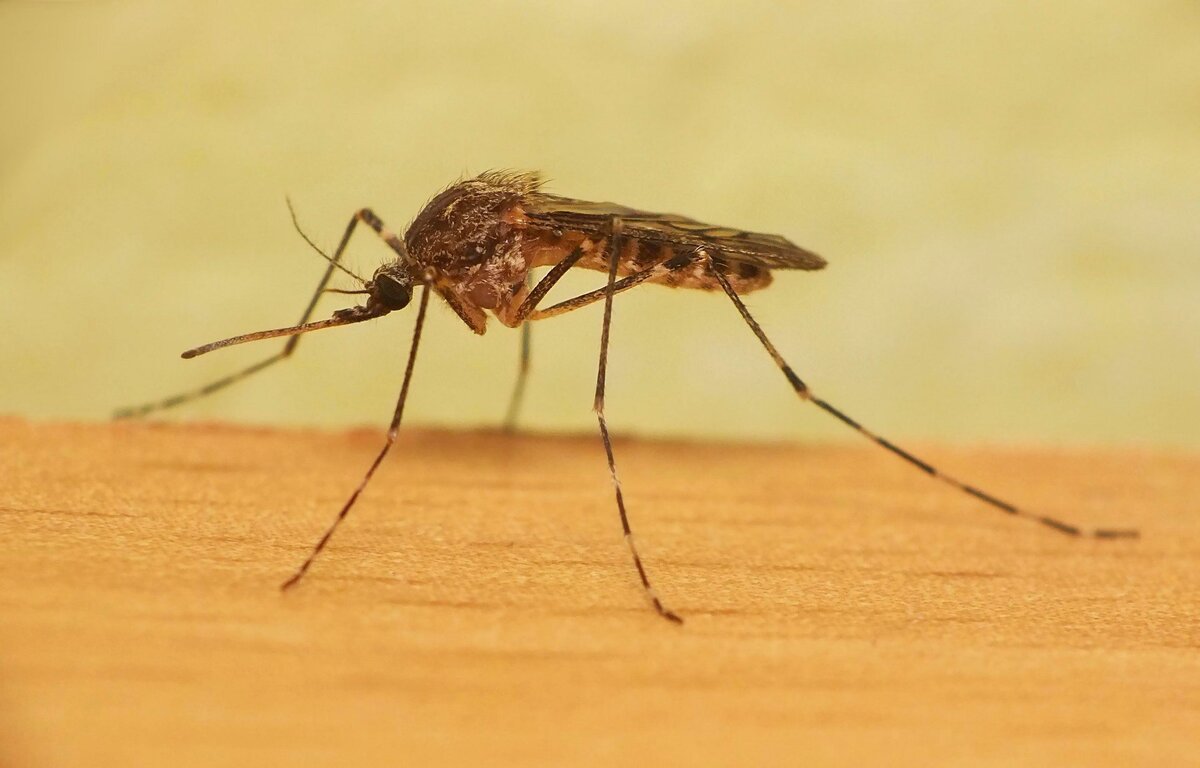Rats Sense Wind with Antennae-Like Whiskers above Their Eyes

These long, thin hairs may help the rats detect the movements of predators or prey in dark, cramped environments, researchers report in the journal PLOS Biology.
Many studies of rodents have focused on the snout whiskers, says Ann Clemens, a neuroscientist at the University of Edinburgh. But “there are a plethora of whiskers beyond the snout, on other parts of the face and the body.”
While working together on a research course at the Marine Biological Laboratory in Woods Hole, Mass., Clemens and her colleagues noticed that some of the whiskers above rats’ eyes were particularly long and fine. The researchers wondered if these prominent, exposed hairs, known as supraorbital whiskers, could be used to detect wind.
“Wind is an important carrier of information about the environment in the form of odors, humidity and airflow, but has been barely studied by neuroscience,” says Matias Mugnaini, a neuroscientist at the Leloir Institute in Buenos Aires.
Mugnaini, Clemens and their colleagues compared how all the whiskers on rats’ heads behaved under different wind conditions. Supraorbital whiskers waggle more wildly under light breezes than other whisker types, they found. These light breezes are thought to more closely mimic typical air movement levels in the natural environment than strong winds.
High-powered X-rays showed that where a supraorbital whisker follicle meets a nerve, nerve cell projections are concentrated in a more circular structure than in other whiskers. So these whiskers may be highly sensitive to movement from many different directions, as you might see from the pushing action from wind, the researchers say.
Previous research showed that trimming rats’ facial whiskers reduces the rodents’ ability to sense wind. But the new study suggests the whiskers above the eyes in particular are specialized, wind-sensing structures. In total darkness, the rats regularly turned toward where wind was blowing from, but when the team numbed the supraorbital whiskers with lidocaine, the rats turned less frequently.
“Our findings show that not all whiskers on an animal operate in the same way,” Clemens says.
Seals also have supraorbital whiskers that sense underwater flow patterns, Mugnaini says. Rats may use their wind-sensing whiskers to pick up the movements of predators or prey in the dark, the team suggests.
“It could be that an incoming animal is sensed through a subtle change in airflow,” Clemens says. “The rat would detect this and escape in time or attack their meal.”
It’s possible the whiskers could have multiple functions, says Mehdi Adibi, a neuroscientist at Monash University in Melbourne, Australia, who wasn’t involved in the research. The hairs might detect vibrations from sound waves, for example, and could still play an important role helping rats navigate their surroundings using touch.
4155/v
























